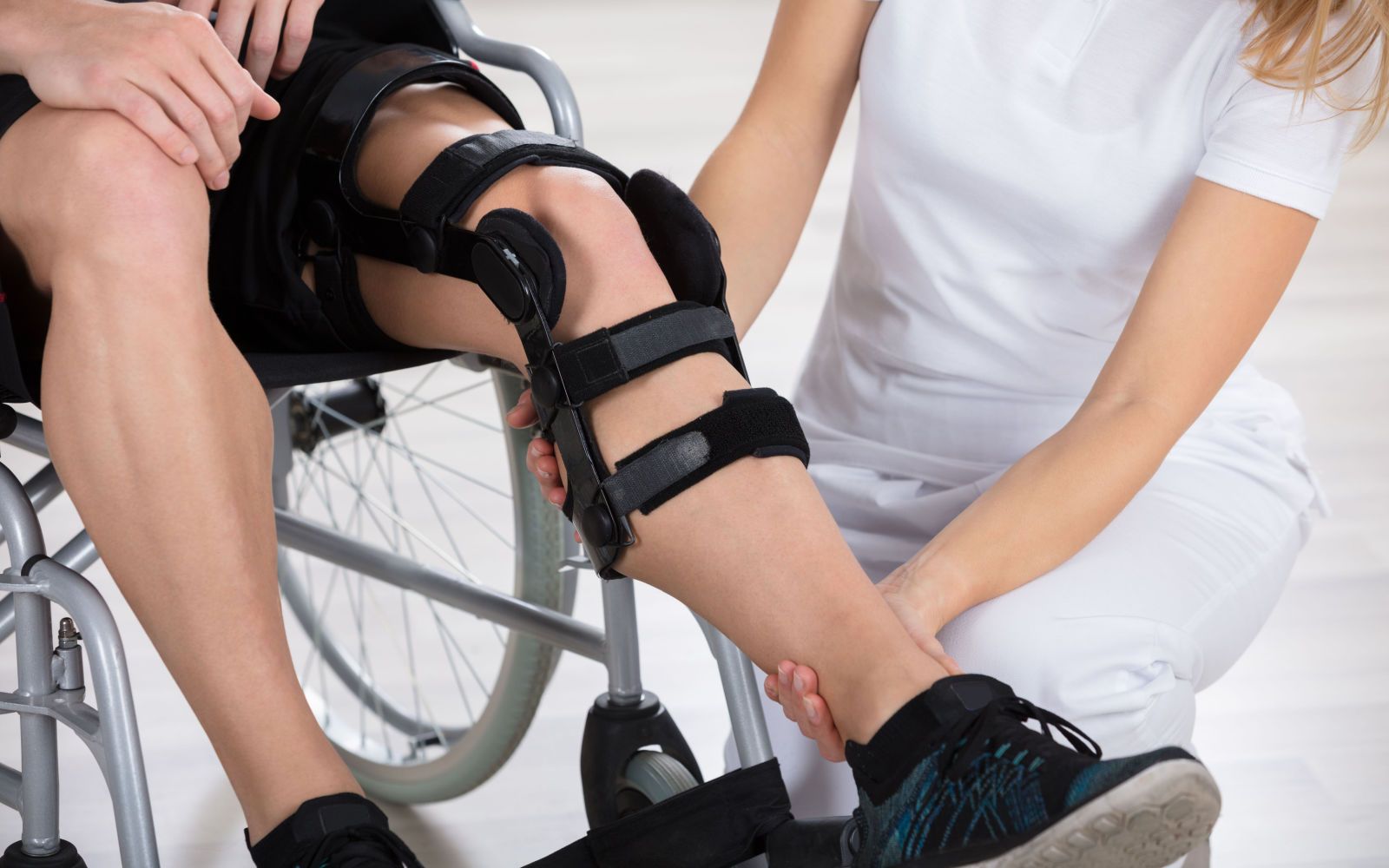Balance and steadiness are crucial components of bodily wellness and overall well-being. They serve a critical part in daily activities, sports capability, and injury prevention. When an individual has good equilibrium and steadiness, they are less likely to fall or sustain injuries during physical activities. One effective way to assess these qualities is through Practical Motion Assessment (FMS). FMS is a method used to analyze motion patterns and identify imbalances or weaknesses that could lead to injuries.
Practical Motion Assessment includes a sequence of specific tests that assess how effectively a individual moves. The tests focus on basic movements such as squatting, lunge, and bending. By watching these actions, coaches and medical experts can determine areas where an person may have difficulty. For example, if someone has trouble maintaining balance while executing a squatting, it may suggest a need for targeted workouts to improve strength and coordination. This assessment not only identifies weaknesses but also helps to track progress over time.

In addition to identifying areas for improvement, FMS plays a crucial part in avoiding harm. Many damages occur as a consequence of inadequate movement mechanics, which can be detected through practical evaluations. By tackling wrist therapy these problems early on, people can lower their risk of harm during sports or other physical activities. For instance, a jogger who demonstrates an imbalance in their gait may be increasingly susceptible to leg harm. By correcting these imbalances through specific exercise programs, the likelihood of injury can be significantly decreased.
Additionally, improving capability is another benefit of conducting a comprehensive evaluation of equilibrium and steadiness. Athletes and active individuals often aim to enhance their performance in specific activities or exercises. A comprehensive understanding of their movement styles allows coaches to create customized training regimens that focus on particular weaknesses. By click now improving equilibrium and stability, sportspeople can improve their total performance, whether it’s running more quickly, leaping higher, or executing exact movements in their activity.
In conclusion, the importance of evaluating equilibrium and stability through Practical Motion Screening cannot be overstated. This thorough assessment serves as a basis for improving physical wellness, preventing injuries, and improving athletic capability. By recognizing areas of deficiency and putting into action targeted exercise approaches, individuals can attain better results in their physical exercises. Focusing on balance and stability not only results to better capability but also contributes to a healthier, increasingly active way of life.